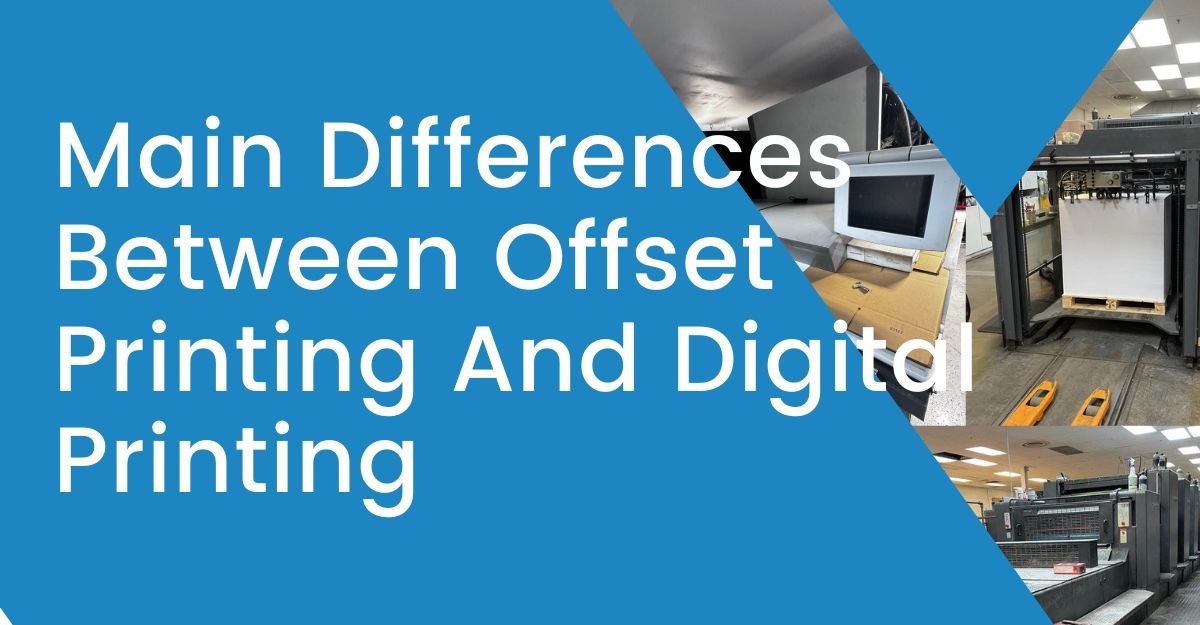If you think that printing is printing and that the printing method you use doesn’t matter, we invite you to join us for a moment, because we will show you what are the main differences between Offset Printing and Digital Printing. In this way, you will discover for yourself which is the best option when facing your next printing project.
Main Differences Between Offset Printing And Digital Printing
- Offset printing is the most “traditional” printing option, while digital printing is very similar to copying.
- While offset printing technology generally uses aluminum plates, digital printing doesn’t use plates of any kind, because it uses options such as toner or liquid ink.
- Offset printing takes a little longer to produce than digital printing, as there is more preparation time and the final product must dry before finishing can take place.
- Offset printing is ideal when you need to print large quantities, while digital printing allows you to print small quantities, as many as you need and when you need them, whether they are 1, 10 or 50.
- While offset printing doesn’t allow you to customize prints, digital printing does, because you can vary the data present in the prints, making each piece different.
- With offset printing large quantities can be printed cost-effectively, while with digital printing costs are lower for short runs.
- Offset printing offers a greater degree of control over color than digital printing, because you can mix custom color inks for each job.
- While offset printing offers excellent print quality, with greater detail and color fidelity, improved technology has made digital print quality significantly advanced and acceptable for more uses.
- Offset printing allows you to use a much wider variety of custom papers and specialty inks, compared to digital printing.
- Typographical errors made with offset printing are more difficult and expensive to fix, because the process has to start over, compared to digital printing.
- Offset printing doesn’t exceed the gross speed of digital printing, which is why the latter is ideal for “rush projects”.
- The offset printing method is a great option when there is a need to print on larger sheets, which isn’t possible with digital printing.
- Finishing options such as foil stamping, embossing, specialty coatings, etc., are often more suitable for offset printed items. Digital inks or toners aren’t as receptive to heat, stamping pressure, or special finishes like varnishes or certain UV coatings.
From this space, we hope that knowing these key differences between offset printing and digital printing can help you make the best decision, which will be the one with which you obtain the best results in your next printing project.
See you soon!
You can buy Heidelberg Parts here.

